Marrakech, often referred to as the “Red City” because of its distinct red sandstone buildings, is one of Morocco’s most iconic and captivating destinations. Situated at the foot of the Atlas Mountains, this city effortlessly blends ancient traditions with a touch of modern luxury, making it a must-visit for any traveler. From its bustling souks and historic palaces to its modern cafes and luxury resorts, Marrakech offers something for every type of traveler.
1. The Medina: A Journey Through Time
The heart and soul of Marrakech lies within its Medina, the old walled city. A UNESCO World Heritage site, this maze of narrow streets, alleyways, and hidden courtyards is a place where history comes alive. The Medina is a sensory overload—spices, textiles, handicrafts, and street food line every corner, creating a vibrant atmosphere that captivates all the senses.
- Jemaa el-Fna Square: The central hub of the Medina, Jemaa el-Fna is one of the busiest and most lively public spaces in Morocco. By day, it’s a bustling market with vendors selling everything from fresh orange juice to traditional medicines. As night falls, the square transforms into an open-air theater with snake charmers, fortune tellers, acrobats, musicians, and food stalls. It’s a place to immerse yourself in the pulse of Marrakech.
- Souks: Marrakech’s souks are a shopper’s paradise. These ancient markets sell everything from leather goods and jewelry to colorful textiles and pottery. Wander through the winding streets to discover hidden gems, haggle for the best prices, and take in the artistry and craftsmanship of local artisans.
2. Majorelle Garden: An Oasis of Peace
Amidst the vibrant chaos of Marrakech’s Medina lies a serene and beautiful escape: Majorelle Garden. Originally designed by French painter Jacques Majorelle in the 1920s, the garden is famous for its striking blue buildings (the famous “Majorelle Blue”), its collection of exotic plants, and its peaceful atmosphere. After Majorelle’s death, the garden was restored and later became the property of Yves Saint Laurent, the legendary fashion designer, whose legacy continues to be felt in Marrakech.
The garden also houses the Islamic Art Museum of Marrakech, which showcases an impressive collection of textiles, pottery, and jewelry. A stroll through Majorelle Garden is a great way to escape the hustle and bustle of the city for a few hours.
3. Koutoubia Mosque: A Landmark of Marrakech
The Koutoubia Mosque is one of Marrakech’s most famous landmarks and the largest mosque in the city. With its stunning 77-meter-tall minaret, the mosque is visible from almost anywhere in the city and serves as a guiding point for visitors. Though non-Muslims aren’t allowed to enter the mosque, the surrounding gardens and the view of the minaret from the outside are worth seeing.
The mosque is an excellent example of Moroccan Almohad architecture, and its grandeur dominates the skyline, particularly when lit up at night.
4. Palaces and Historical Sites
Marrakech is home to several historical sites and palaces that provide insight into Morocco’s royal past and architectural splendor:
- Bahia Palace: A 19th-century palace with breathtaking gardens, intricate tile work, and ornate rooms, the Bahia Palace is a must-visit for anyone interested in Moroccan architecture. The palace was built to be the home of the grand vizier and is known for its impressive courtyards and stunning mosaics.
- El Badi Palace: Though now in ruins, El Badi Palace was once one of the grandest palaces in the world. It was built in the 16th century by the Saadian Sultan Ahmed al-Mansur but was later abandoned. Today, visitors can wander through the ruins and get a sense of the palace’s former grandeur. The site also offers panoramic views of the city.
- Saadian Tombs: These tombs date back to the 16th century and are the final resting place of the Saadian dynasty, including the famous Sultan Ahmed al-Mansur. The intricate tile work and peaceful atmosphere make this an interesting and serene spot to explore.
5. Ait Ben Haddou: A Day Trip from Marrakech
While Marrakech itself is packed with attractions, a day trip to the Ait Ben Haddou village, located about 3.5 hours from the city, is highly recommended. This ancient fortified village, made famous by its appearance in films like Gladiator and Game of Thrones, is an excellent example of traditional Moroccan architecture. The kasbahs (fortresses) are made from red clay, giving the village its striking appearance against the desert backdrop.
The village is now a UNESCO World Heritage site and offers a glimpse into traditional Berber life. You can explore the narrow alleys, climb to the top of the kasbah for stunning views, and even visit local craft shops selling handmade goods.
6. Moroccan Cuisine: A Taste of Marrakech
Moroccan cuisine is a feast for the senses, and Marrakech is the perfect place to indulge in it. From street food stalls to Michelin-starred restaurants, you’ll find a wide variety of options to satisfy your palate.
- Tagine: The most iconic Moroccan dish, tagine is a slow-cooked stew that comes in many variations. You can find it with chicken, lamb, vegetables, or fish, all cooked with an array of aromatic spices like saffron, cumin, and cinnamon.
- Couscous: Another staple of Moroccan cuisine, couscous is often served with stews, meats, or vegetables. It’s a comforting and hearty dish that’s perfect for a filling meal after a long day of sightseeing.
- Mint Tea: Often referred to as “Moroccan whiskey,” mint tea is a traditional drink served throughout the country. Made with green tea, fresh mint, and plenty of sugar, it’s a refreshing and delicious way to end any meal.
- Street Food: Don’t miss out on the street food in Jemaa el-Fna. Try kefta (grilled meatballs), bastilla (a sweet and savory pastry), or snail soup, which is believed to have medicinal properties.
7. Hammams and Spas: Relax and Unwind
A trip to Marrakech wouldn’t be complete without a visit to a hammam, the traditional Moroccan public bathhouse. The experience typically involves a steam bath, exfoliating scrub, and massage. There are several hammams in Marrakech, ranging from traditional to luxurious spa-like experiences.
For those seeking relaxation, many of the city’s high-end hotels and resorts offer spas with traditional Moroccan treatments, such as the famous argan oil massages.
8. Modern Marrakech: New Town and Shopping
While the Medina captures the historical essence of Marrakech, the new town, or Gueliz, offers a more modern side of the city. Gueliz is home to wide boulevards, trendy cafes, upscale shops, and art galleries, making it a great place to relax, shop, and explore the contemporary culture of Marrakech.
- Menara Mall: If you’re in the mood for some shopping, head to Menara Mall, one of the largest malls in Marrakech. It offers international brands, local designers, and a variety of dining options.
- Le Jardin Secret: A beautiful garden and museum that brings together history, art, and nature. It’s a quiet retreat from the hustle and bustle of the city, offering a beautiful place to relax and appreciate Moroccan architecture and landscaping.
Conclusion: The Magic of Marrakech
Marrakech is a city that ignites the senses and leaves a lasting impression. Its mixture of ancient history, rich culture, and modern comforts make it a dynamic and fascinating destination. Whether you’re getting lost in the souks, enjoying a traditional meal, or discovering the beauty of its gardens and palaces, Marrakech offers a truly unforgettable experience.
The city’s blend of tradition and modernity provides something for every traveler, and its warm, welcoming atmosphere ensures you’ll feel right at home. Whether you’re in Marrakech for a short getaway or an extended stay, the city will undoubtedly captivate your heart.

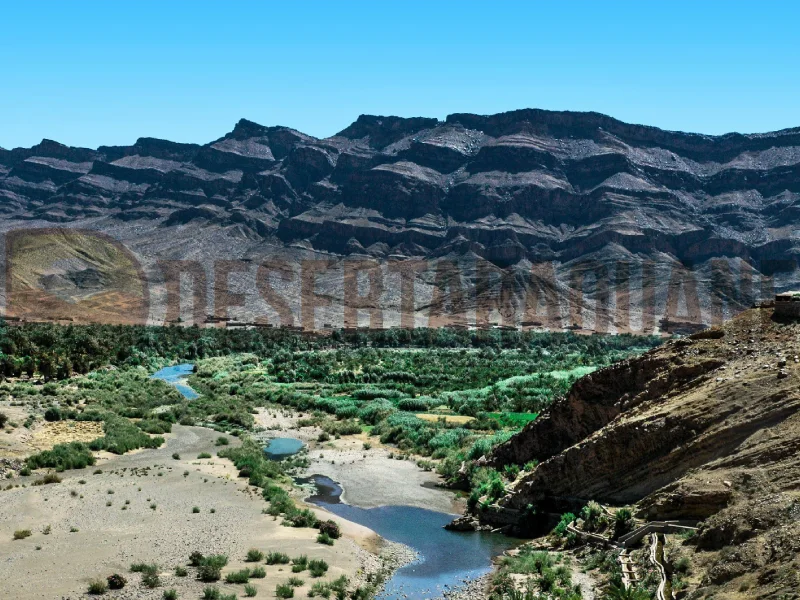
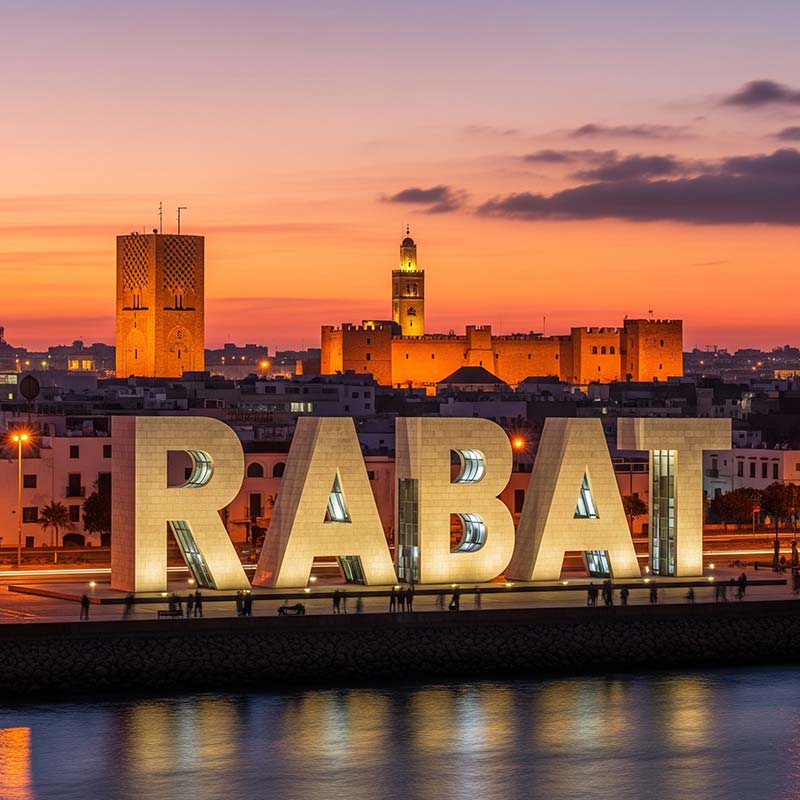
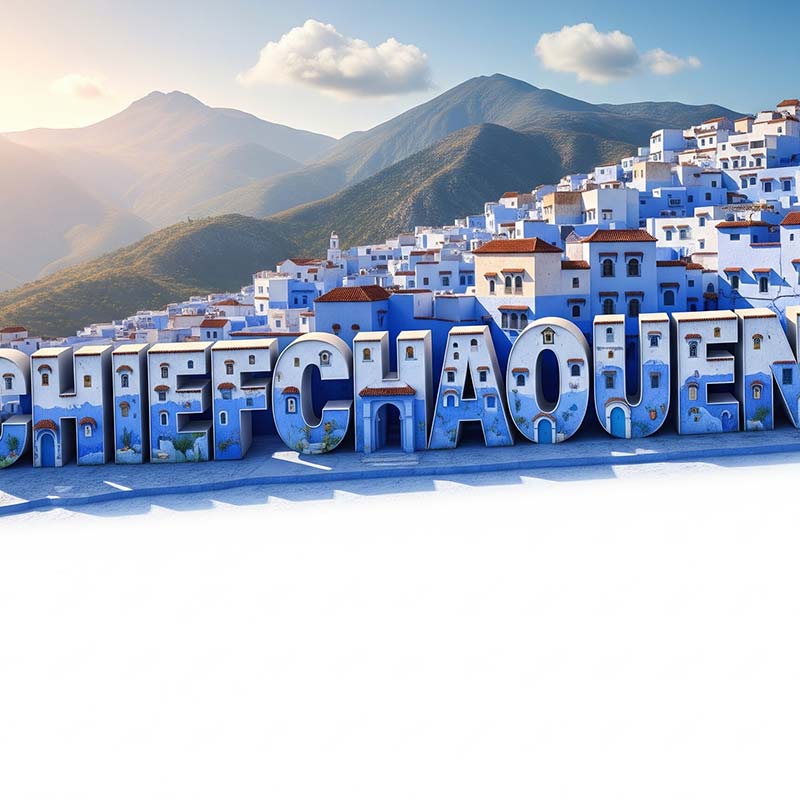
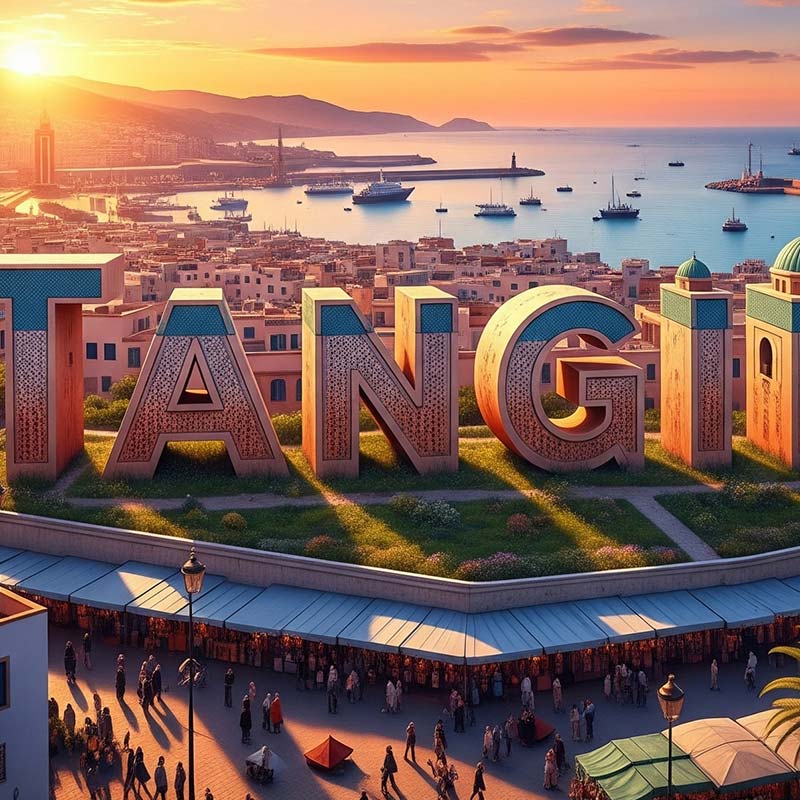
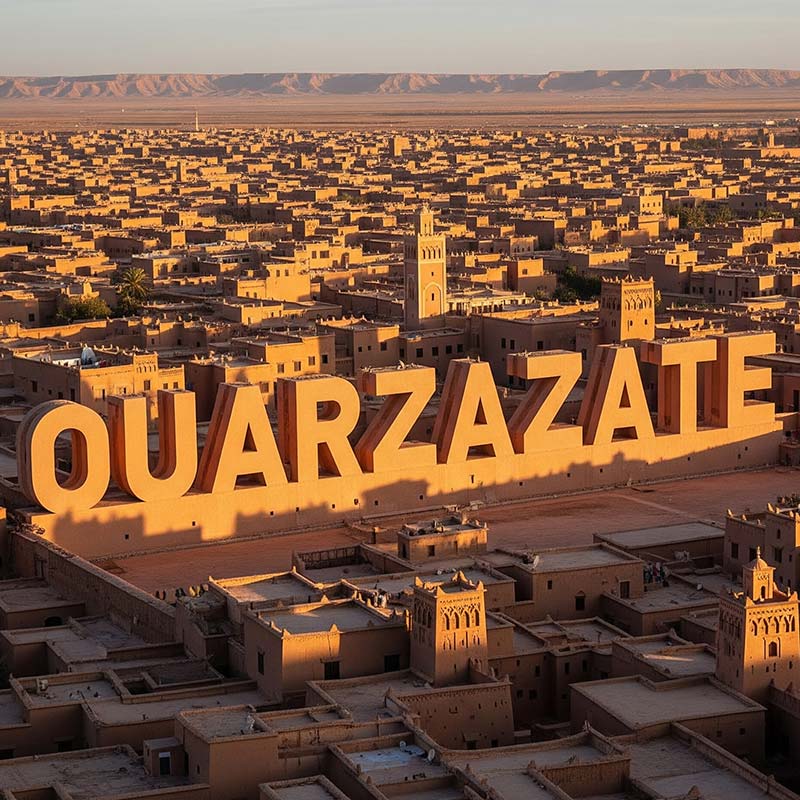




Leave a comment: